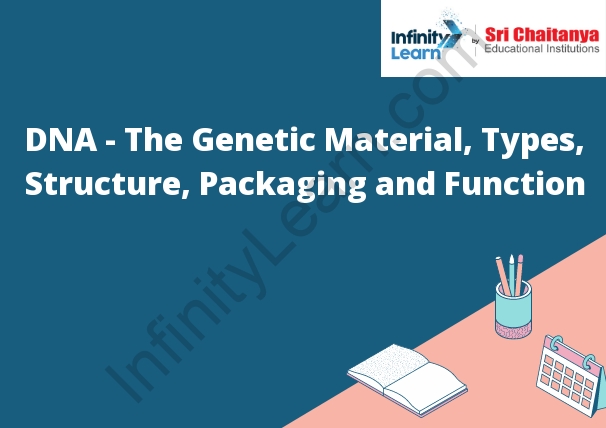Table of Contents
Introduction to DNA replication
DNA replication is the process by which a DNA molecule is copied. The process begins with the separation of the two DNA strands. Each strand is then used as a template for the synthesis of a new strand of DNA. The synthesis is carried out by a DNA polymerase enzyme.
DNA, or deoxyribonucleic acid, is the hereditary material in humans and almost all other organisms. It is a long polymer of nucleotides, the building blocks of nucleic acids. The sequence of nucleotides in DNA encodes the sequence of amino acids in proteins. DNA is a self-replicating molecule, and can exist in two states, double-stranded or single-stranded.
The structure of DNA was first discovered by James Watson and Francis Crick in 1953. They found that the DNA molecule has a double-helix structure, with the sugar-phosphate backbone spiraling around the nitrogen-containing bases. The DNA sequence is read by enzymes called DNA polymerases, which create new DNA molecules by copying the existing molecule.
DNA is important for storing genetic information. The sequence of nucleotides in DNA determines the sequence of amino acids in proteins, which in turn determines the characteristics of an organism. Humans have about 3 billion base pairs in their DNA, which is enough to encode about 100,000 different proteins.
DNA is also important for transmitting genetic information from one generation to the next. During replication, the DNA molecule is copied, and the new copies are passed on to the next generation. DNA also recombines during meiosis, which results in the creation of new genetic combinations.
DNA is a versatile molecule that can be used for a variety of applications. It can be used for gene therapy, which is the use of DNA to treat diseases. DNA can also be used for sequencing, which is the process of determining the sequence of nucleotides in a DNA molecule. DNA can also be used for cloning, which is the process of creating a copy of a DNA molecule.

DNA – The Genetic Material, Types, Structure
DNA is the genetic material that encodes the genetic information of a living cell. The DNA molecule is a long, double-stranded molecule that is found in the nucleus of the cell. The DNA molecule is made up of smaller units called nucleotides. The nucleotides are composed of a sugar molecule, a phosphate molecule, and a nitrogenous base. There are four types of nitrogenous bases: adenine, guanine, cytosine, and thymine. The sequence of nucleotides in the DNA molecule determines the genetic information of the cell.
Derivation of the DNA Structure
The DNA molecule is a long, double-stranded molecule. The two strands are held together by weak chemical bonds called hydrogen bonds. The DNA strands are twisted around each other, like a spiral staircase. The two strands are antiparallel, meaning that the strands run in opposite directions. The DNA molecule is also negatively charged, which helps to keep the strands together.
Watson-Crick Model
The Watson-Crick Model is a model of DNA that was developed by James Watson and Francis Crick. The model is based on the idea that DNA is a double helix, with the base pairs pairing up in a specific way. The model is able to explain the structure of DNA, as well as the way that it replicates.
Functions of the DNA
The DNA molecule is responsible for the genetic instructions within cells. It is a long, coiled molecule that is made up of two chains of nucleotides. The nucleotides are the building blocks of DNA and are composed of a sugar molecule, a phosphate molecule, and a nitrogenous base. The four different nitrogenous bases found in DNA are adenine (A), cytosine (C), guanine (G), and thymine (T). The sequence of these bases determines the genetic information within a cell. The DNA molecule is organized into structures called chromosomes. Humans have 23 pairs of chromosomes, or 46 in total.
Packaging of DNA Helix
The packaging of DNA helix is a process that helps to protect the genetic information within the DNA molecule. The DNA molecule is tightly coiled and wound around proteins known as histones. This winding of the DNA molecule helps to compact it and protect it from damage. The histones also play a role in the regulation of gene expression.








